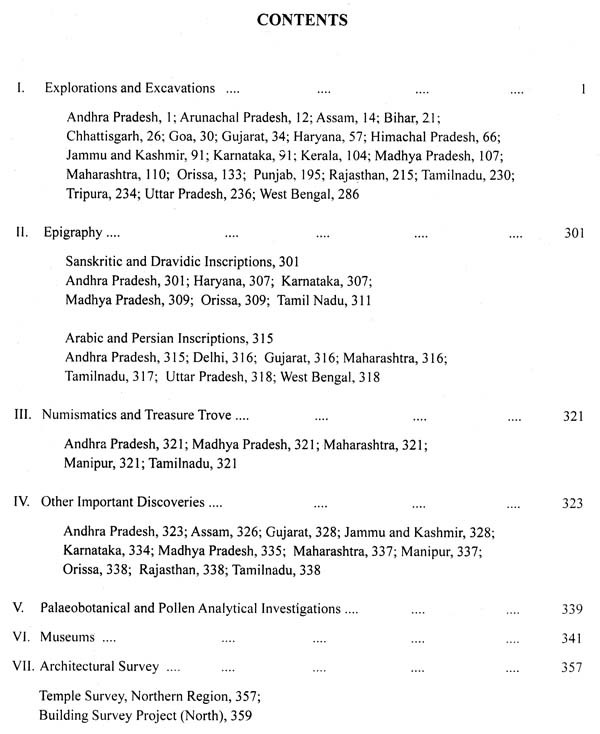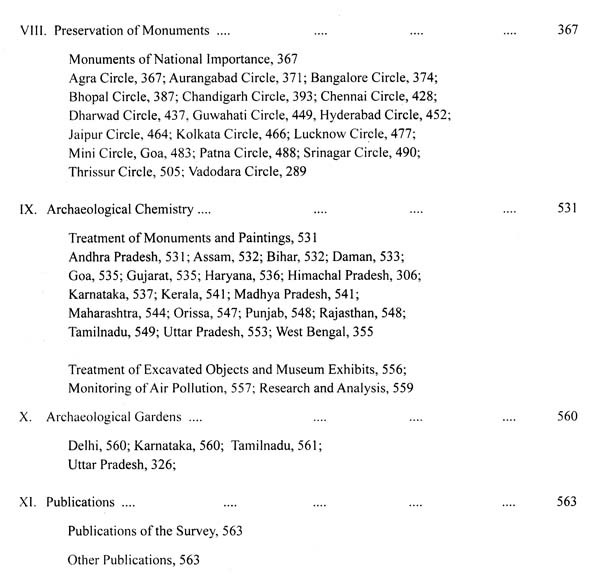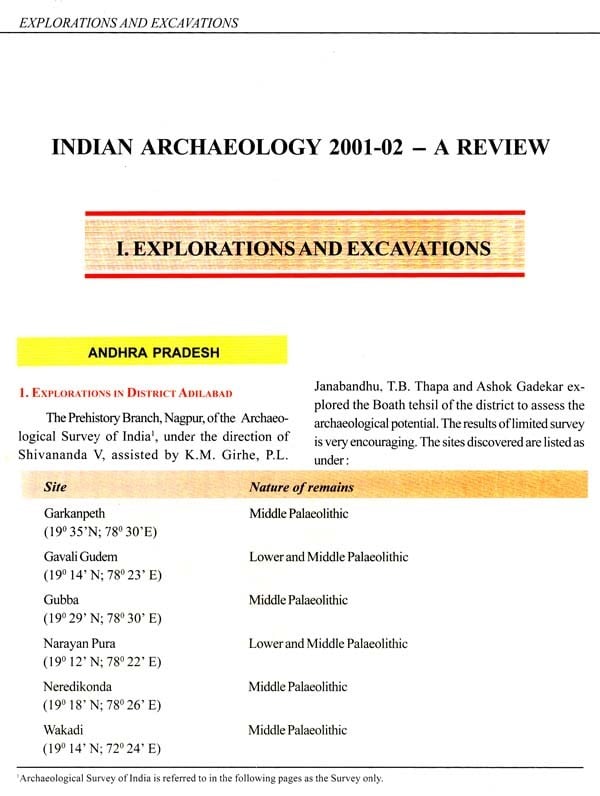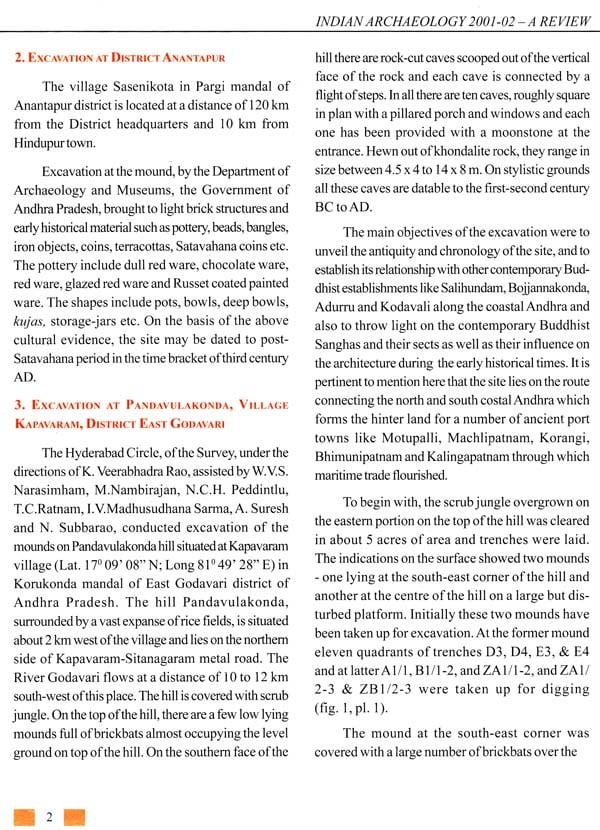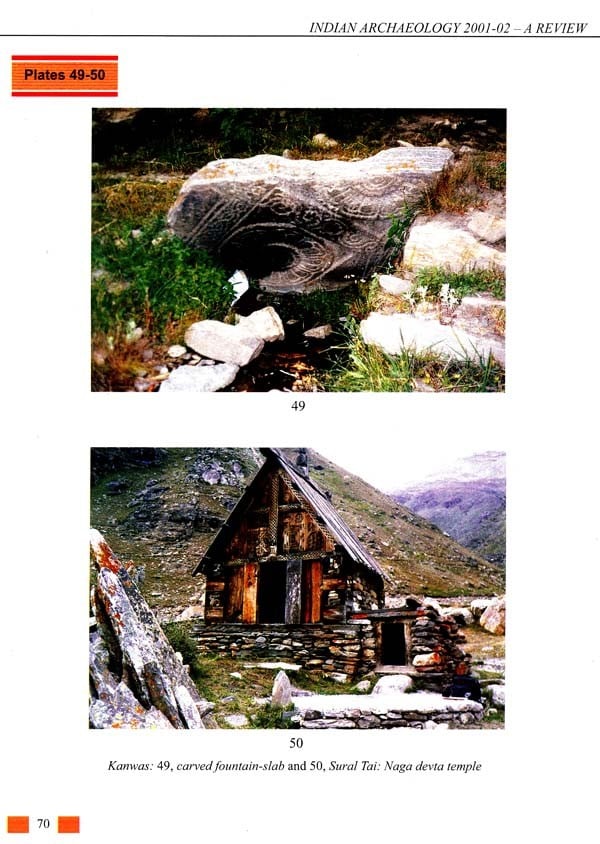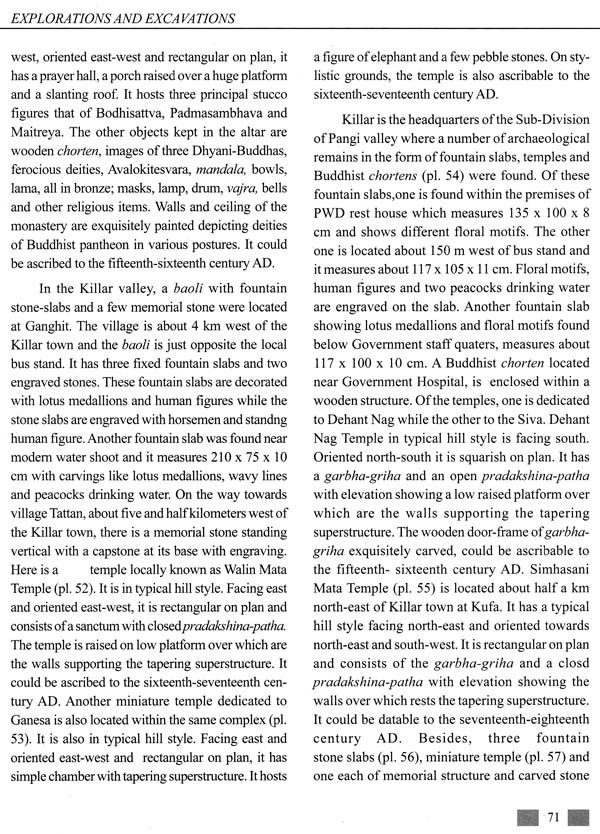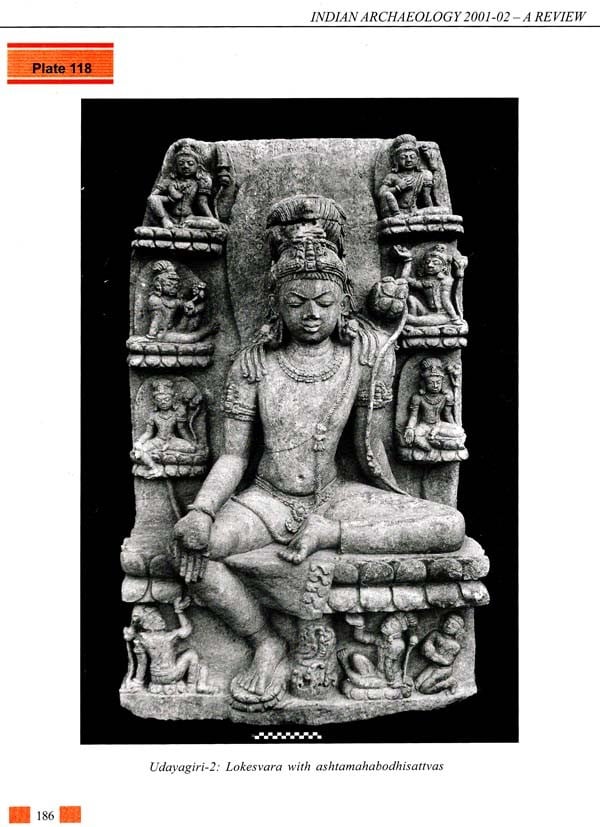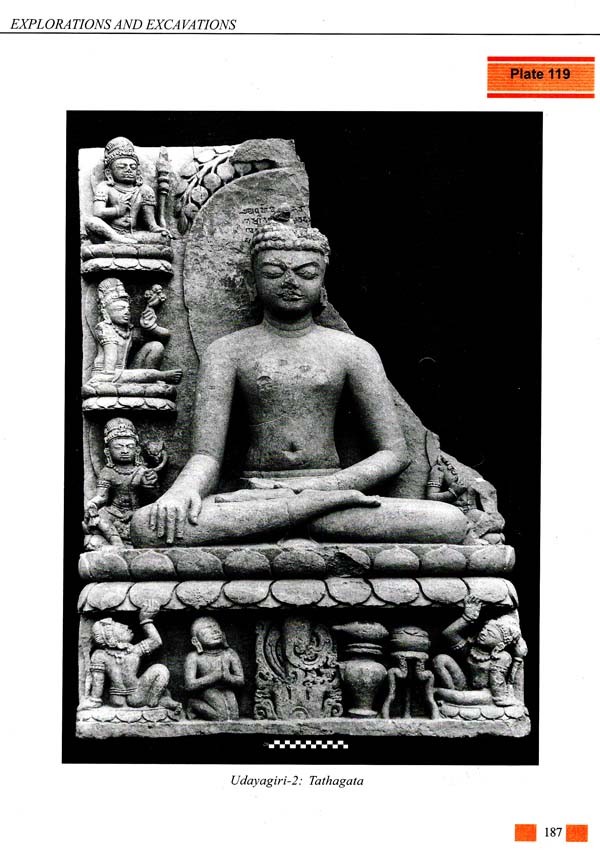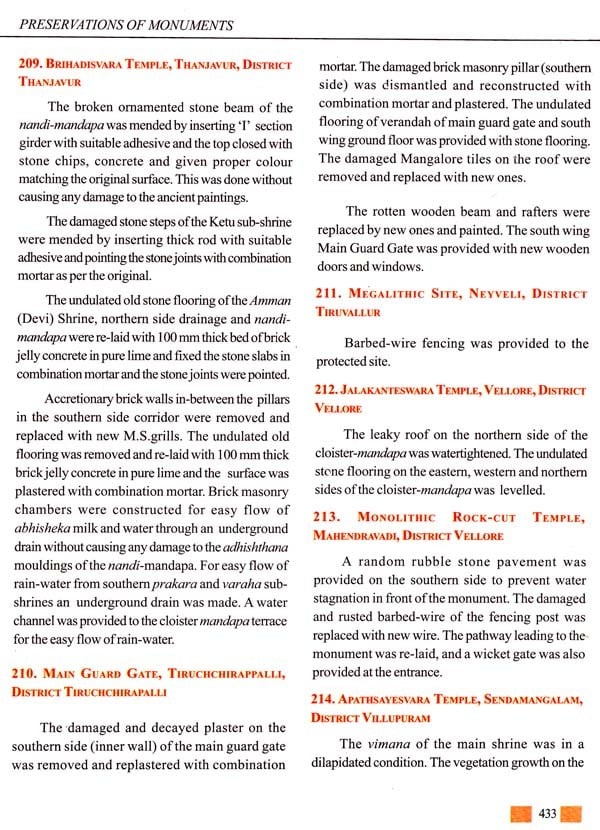
Indian Archaeology 2001-02 A Review
Book Specification
| Item Code: | NBZ573 |
| Publisher: | ARCHAEOLOGICAL SURVEY OF INDIA |
| Language: | English |
| Edition: | 2008 |
| Pages: | 564 (Throughout B/W and Color Illustrations) |
| Cover: | PAPERBACK |
| Other Details | 11.00 X 8.50 inch |
| Weight | 1.72 kg |
Book Description
I am happy to present before you this issue of Indian Archaeology 2001-02 - A Review. I also take this opportunity to inform the readers that the 2002-03 issue is already in the press and the 2003-04 issue will soon follow. I thank the State Governments and their respective Departments of Archaeology and Museums, universities, research institutions and museums, the Birbal Sahni Institute of Palaeobotany, Lucknow, and the different branches and circles of the Archaeological Survey of India who have contributed to this issue of the Review.
The material incorporated in this issue covers a wide range of subjects. It includes explorations and excavations, epigraphical and other important discoveries, palaeobotanical studies and pollen analysis, architectural survey, structural/chemical conservation, archaeological gardens, and brief account of the publications brought out during the period under review. As the reports on explorations and excavations are a very important part of the Review, I feel the need to highlight the explorations and excavations conducted by the Chandigarh Circle in the remote areas of Himachal Pradesh such as Lahaul and Spiti, Chamba, Kangra and Kullu during the period under review.
Besides, the excavation at Dholavira further revealed the remains of a rock-cut reservoir, the western gate of the castle area, stadium and residential structures of the Harappan period. In Orissa, the excavations at Udayagiri-2, and in Karnataka, the excavations at Rajaghatta revealed Buddhist establishments. The report on Udayagiri-2 contains detailed information on every aspect. Other noteworthy excavations reported upon in this issue are the ones at Pakhanna and Sravasti in West Bengal and U.P. simultaneously, and at Hathab and Bagasra in Gujarat. I regret to say that despite requests made by my predecessors in the earlier issues of the JAR, most contributors of the Archaeological Survey of India failed to send their material before the scheduled date. Many did not conform to the established format and style. Once again I request all the contributors to send their material well in time and in the prescribed format. I hope my colleagues in the Survey in particular, will bear in mind that timely submission in the required format is as important as quality of content, if ASI is to clear the backlog of this very important publication.
I am sure we can achieve this with the cooperation of our contributors. Finally, I thank the editorial team comprising my colleagues Dr. B.R. Mani, Director (Publication), Dr. Arundhati Banerji, Superintending Archaeologist (Publication), and Dr. Piyush -Bhatt, Assistant Archaeologist (Publication), who are responsible for compiling, editing and making the material ready for printing. I also thank Sh. Hoshiar Singh, Production Officer, Sh. Gunjan Kumar Srivastava and Ms. Tajinder Kaur, Assistant Archaeologists in the Publication Section of the Survey for the hard work they have put into bringing out this issue.
**Content and Sample Pages**
